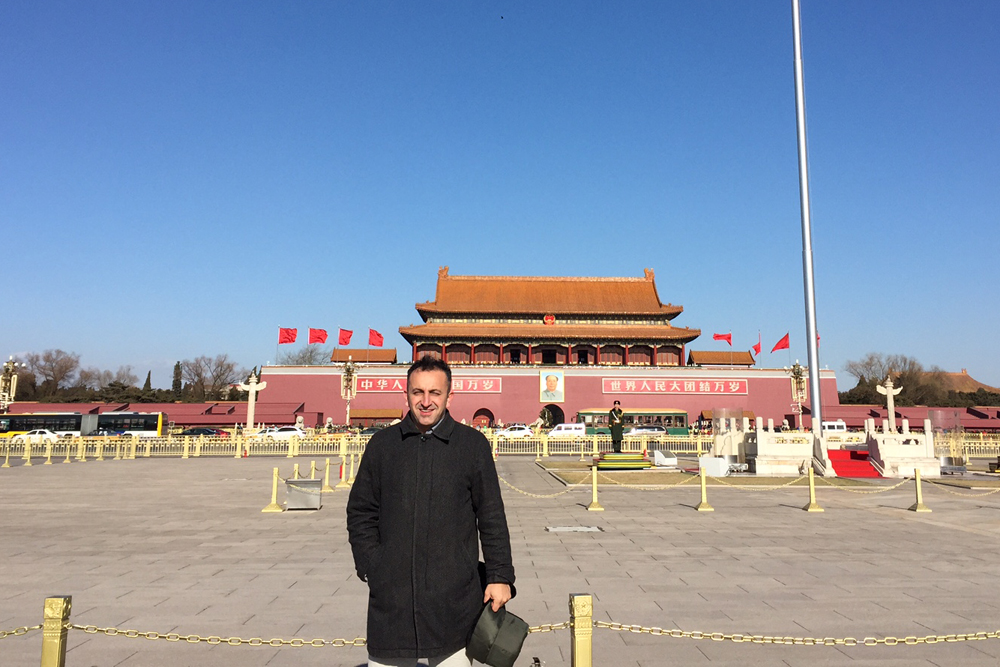Sherlock Holmes has intrigued and inspired readers all over the world for over a century. His legacy lives on with the bestselling book series by Sir Arthur Conan Doyle, a statue in London, hit blockbuster films and, beginning Oct. 10, an exhibit at Portland’s Oregon Museum of Science and Industry.
OMSI, in cooperation with the estate of Sir Arthur Conan Doyle, Exhibits Development Group, Geoffrey M. Curley + Associates and the Museum of London, has created the International Exhibition of
Sherlock Holmes, which will allow patrons to step back in time and enter the world of literature’s greatest detective. Attendees will be able to walk down a recreation of the streets of Victorian London, sit in rooms modeled after Holmes’ famous 221B Baker Street apartment and take an interactive approach to learning more about the iconic figure.
The exhibit comes at a time when the inquisitive investigator has become a worldwide phenomenon.
“Sherlock is, and always has been, very popular,” said Cathie Ericson, public relations manager for OMSI. “There are currently two TV series based on Sherlock Holmes—the critically acclaimed, award-winning
Sherlock on BBC, and Elementary… with another movie on the way next summer. The final gallery of the exhibit will appeal to pop culture enthusiasts with a variety of movie and television show props and costumes.”
This exhibit isn’t only for fans of the modern-day adaptations of Sherlock Holmes. It may come as a shock to some that such a seemingly pop culture-focused event is being held at OMSI, but the reason is simple. The exhibit is not only to highlight the recent adaptations of the fictional character but also to explore the scientific developments pioneered by Doyle in the field of law enforcement.
“Sherlock Holmes, created in the mind of doctor-turned-author Arthur Conan Doyle, changed the way police work was conducted, and remain in practice today,” said the exhibit’s press release.
Doyle, through his writing, pioneered breakthroughs in forensic investigation that were not yet in use by police. Now, many of the ideas found in his work are commonplace in everyday police procedure. The exhibit will demonstrate how police work has changed in 100 years and will even allow guests to take part in examining the advances in criminology in the time of Doyle’s writing.
As the press release explained, “The exhibition digs into real forensic studies in order to demonstrate the link between the Sherlock Holmes stories’ detective science and the world of today.”
The interested historian will find joy in the countless relics and artifacts of the Victorian era also featured in the exhibit. The past is mirrored in the final segment, which is an examination of the subculture that Sherlock Holmes has created and maintained for over a century.
More information can be found at omsi.edu






